Spray foam insulation offers significant long-term value despite higher upfront costs of $3-7 per square foot. You’ll see immediate benefits through 30-50% energy savings and enhanced structural strength, typically recovering your investment within 3-5 years. While installation requires temporary home evacuation and poses some renovation challenges, the superior air-sealing and decades-long performance make it compelling. Careful consideration of both types – open-cell and closed-cell foam – will help determine the best solution for your specific needs.
Key Takeaways
- Spray foam costs 2-3 times more than traditional insulation but reduces energy bills by 30-50%, paying for itself within 3-5 years.
- Superior air sealing and insulation properties create significant home comfort improvements and noise reduction benefits.
- Installation requires temporary evacuation and professional expertise, with costs ranging from $3-7 per square foot.
- Homes with spray foam insulation typically sell for 4-6% more and require less HVAC maintenance over time.
- Once installed, spray foam lasts decades but is difficult to remove, which may complicate future renovations or repairs.
Understanding Spray Foam Insulation Types & Properties
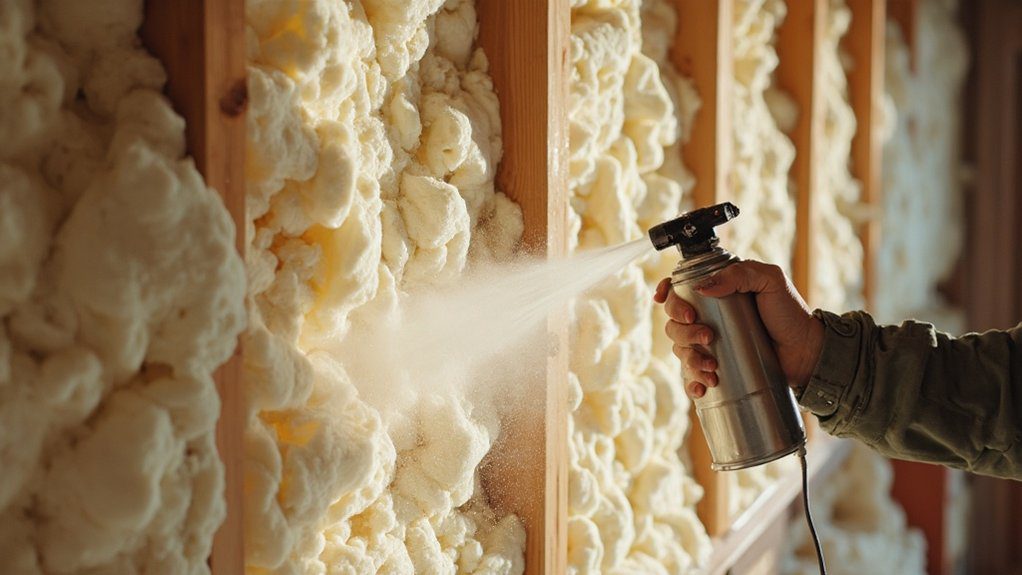
Spray foam insulation comes in two primary varieties: open-cell and closed-cell foam. Each of these spray foam types offers distinct properties that’ll affect your home’s insulation performance.
Open-cell foam expands considerably during application, creating a lighter, more flexible barrier with an R-value of 3.5-3.6 per inch. You’ll find it’s excellent for sound dampening and interior wall applications.
Closed-cell foam, being denser and more rigid, provides superior insulation properties with an R-value of 6-7 per inch. You’re getting a vapor barrier and structural reinforcement when you choose this option. It’s ideal for exterior walls, roofing, and areas prone to moisture.
While both types effectively seal air leaks, your specific needs and local climate will determine which variety will serve you best.
Key Benefits of Spray Foam Installation
When properly installed, spray foam insulation delivers multiple performance advantages that traditional insulation materials can’t match.
You’ll achieve superior energy efficiency through its exceptional air sealing capabilities, as the foam expands to fill every crack, gap, and void in your walls, attic, or crawl space. The seamless barrier it creates prevents air leakage and thermal transfer while blocking moisture infiltration.
You’ll notice immediate improvements in your home’s comfort level and reduced energy bills, as spray foam eliminates drafts and maintains consistent indoor temperatures.
The rigid structure also adds structural strength to your walls and can help reduce outside noise.
Unlike traditional insulation that can settle or degrade over time, spray foam maintains its performance for decades, making it a long-term investment in your home’s efficiency and value.
Potential Drawbacks and Considerations
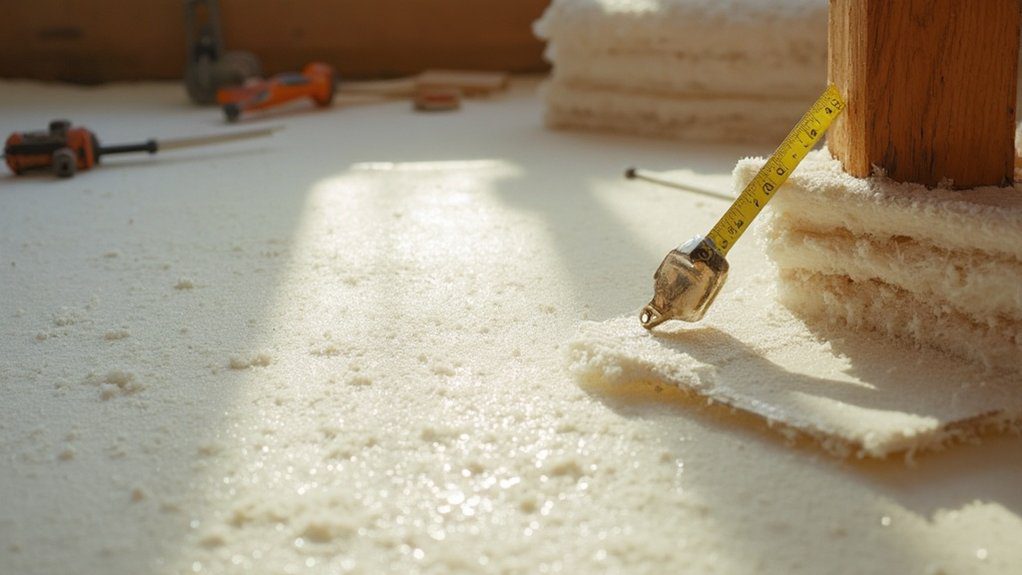
Despite its impressive benefits, spray foam insulation comes with several important considerations that homeowners must evaluate before installation.
You’ll need to account for the higher upfront costs compared to traditional insulation methods, often 2-3 times more expensive. The installation process requires temporary evacuation of your home due to potential health concerns from chemical off-gassing during curing.
You should also consider the environmental impact, as some spray foam products contain chemicals that aren’t eco-friendly.
Once installed, it’s extremely difficult to remove or modify, which can complicate future renovations or repairs. If not properly installed by certified professionals, you might face issues like poor adhesion, uneven coverage, or moisture problems.
Additionally, spray foam can make it challenging to detect roof leaks or water damage since it completely seals all spaces.
Cost Analysis: Investment vs. Long-Term Returns
How much value can spray foam insulation add to your home’s long-term energy efficiency? While the initial installation costs run 2-3 times higher than traditional insulation methods, you’ll typically recover this investment through energy savings within 3-5 years.
A cost comparison shows spray foam insulation averaging $3-7 per square foot, compared to fiberglass at $0.50-1.50. However, you’ll see monthly energy bills decrease by 30-50% due to spray foam’s superior air-sealing properties. This translates to average annual savings of $500-900 for a 2,000-square-foot home.
Beyond direct energy savings, you’ll benefit from increased property value, as energy-efficient homes command 4-6% higher resale prices.
When calculating your return on investment, factor in reduced HVAC wear, improved indoor air quality, and decreased maintenance costs over the insulation’s 20+ year lifespan.
Installation Process and Best Practices
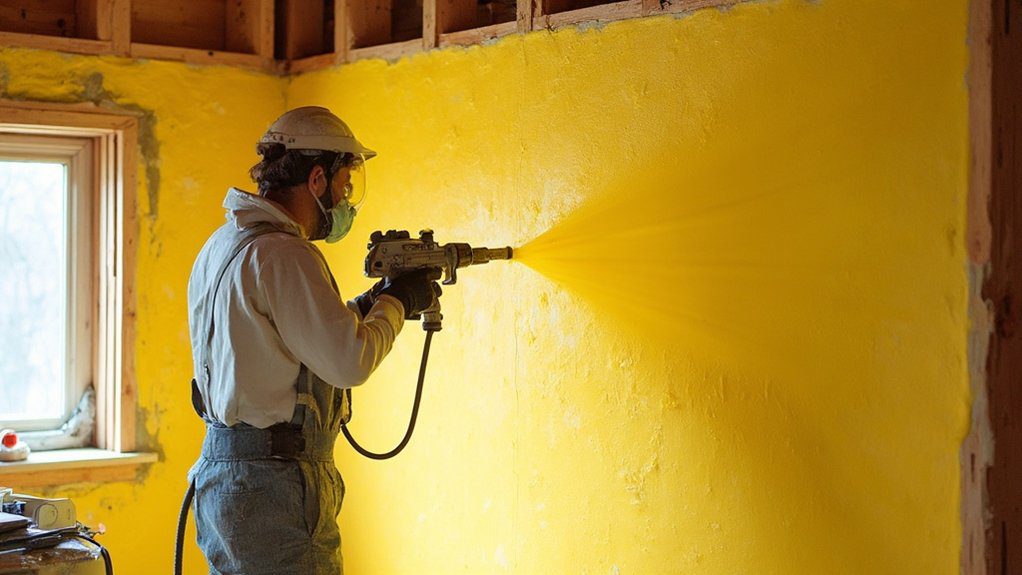
The successful installation of spray foam insulation requires careful preparation and adherence to specific protocols.
You’ll need to thoroughly clean and prepare surfaces, guarantee proper ventilation, and maintain ideal temperature conditions between 60-80°F for peak application.
Professional installation techniques involve systematic spraying patterns and precise mixing ratios of chemical components.
You’ll want to verify your contractor follows essential safety precautions, including wearing proper PPE and temporarily vacating the premises during installation.
The curing process typically takes 24 hours.
Before installation begins, seal any air leaks, remove old insulation, and protect electrical boxes and fixtures.
Your contractor should perform moisture testing and assess vapor barrier requirements.
They’ll also need to carefully monitor foam thickness during application to achieve the desired R-value while preventing over-expansion issues.
Frequently Asked Questions
How Long Does Spray Foam Insulation Typically Last Before Needing Replacement?
You’ll find that properly installed spray foam insulation has an application longevity of 20-30 years with minimal maintenance requirements. It’ll keep performing effectively in your home as long as there’s no physical damage or moisture issues.
Can Spray Foam Insulation Be Removed if I Want to Change Later?
Yes, you can modify your insulation choice later. While the removal process isn’t the simplest task, professional contractors can help you extract the foam and explore insulation alternatives that better suit your evolving needs.
Will Spray Foam Insulation Affect My Home’s Resale Value?
You’ll likely see a positive resale impact, as spray foam insulation’s energy efficiency attracts modern buyers. Your home’s buyer perception will improve, especially among environmentally conscious house hunters seeking lower utility costs.
Does Spray Foam Insulation Help With Soundproofing Between Floors?
Yes, you’ll notice significant acoustic benefits with spray foam between floors. Its dense structure provides excellent sound absorption, reducing footsteps and voice transmission. It’s particularly effective when you’re upgrading your home’s soundproofing system.
Can I Install Spray Foam Insulation in an Existing House’s Walls?
Yes, you can retrofit your existing walls with spray foam through small holes. You’ll need professional installation techniques and proper wall preparation, including removing old insulation and drilling strategic access points every 16 inches.
Conclusion
Properly pondering your property’s insulation prospects requires weighing worthwhile investment against warranted concerns. You’ll find spray foam’s superior sealing and steadfast performance can markedly slash energy spending, despite demanding higher initial costs. When you’re weighing what works, consider your climate conditions, construction configuration, and cost constraints. Careful calculation confirms that spray foam’s long-term efficiency often outweighs upfront expenses for savvy homeowners seeking sustainable solutions.

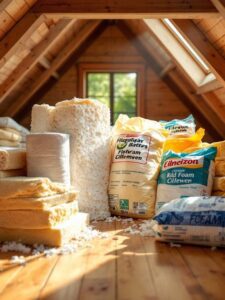
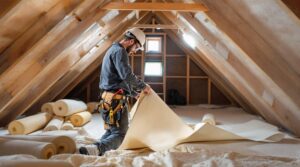

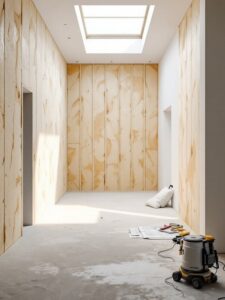



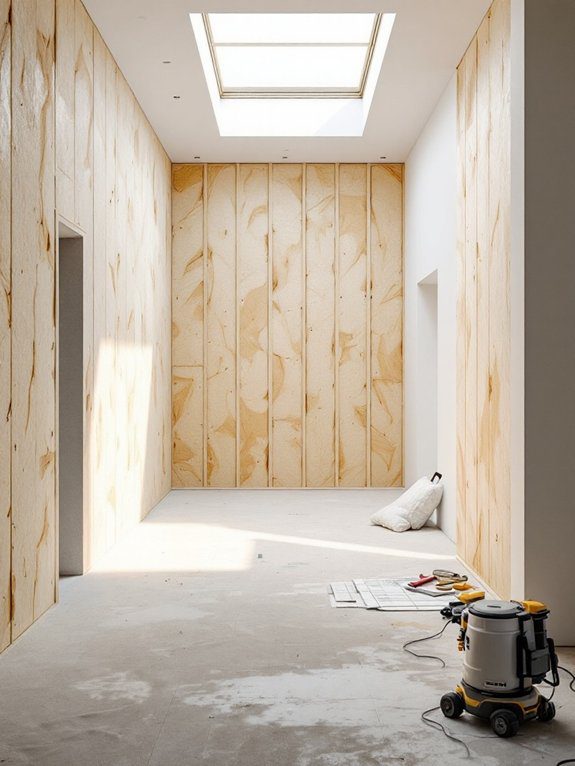
One Response
Hey, you used to write wonderful, but the last several posts have been kinda boringK I miss your tremendous writings. Past few posts are just a little bit out of track! come on!